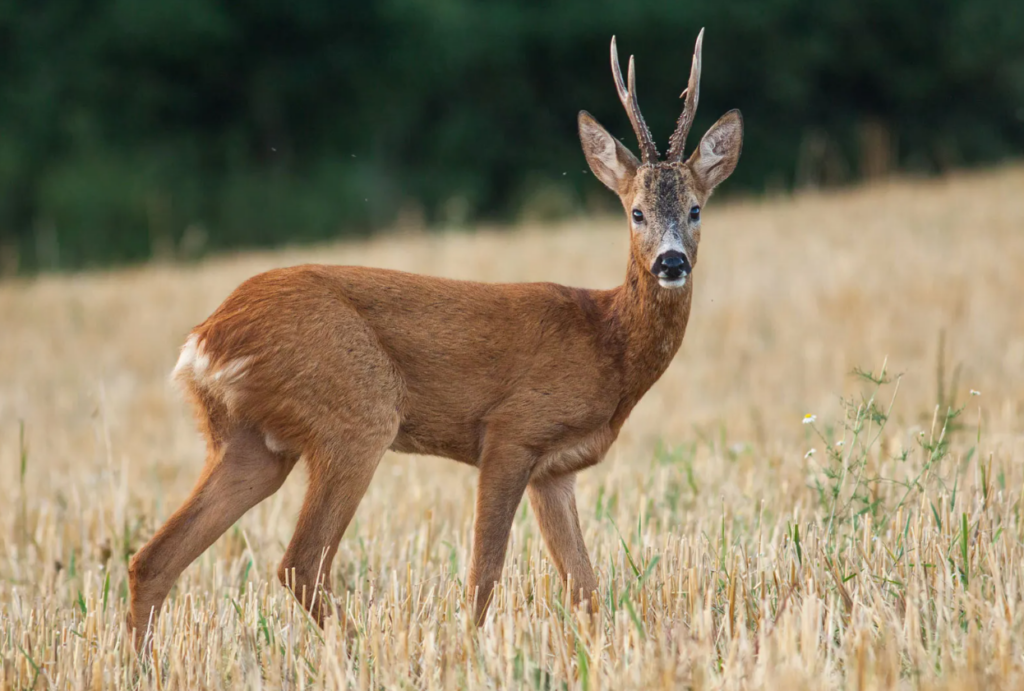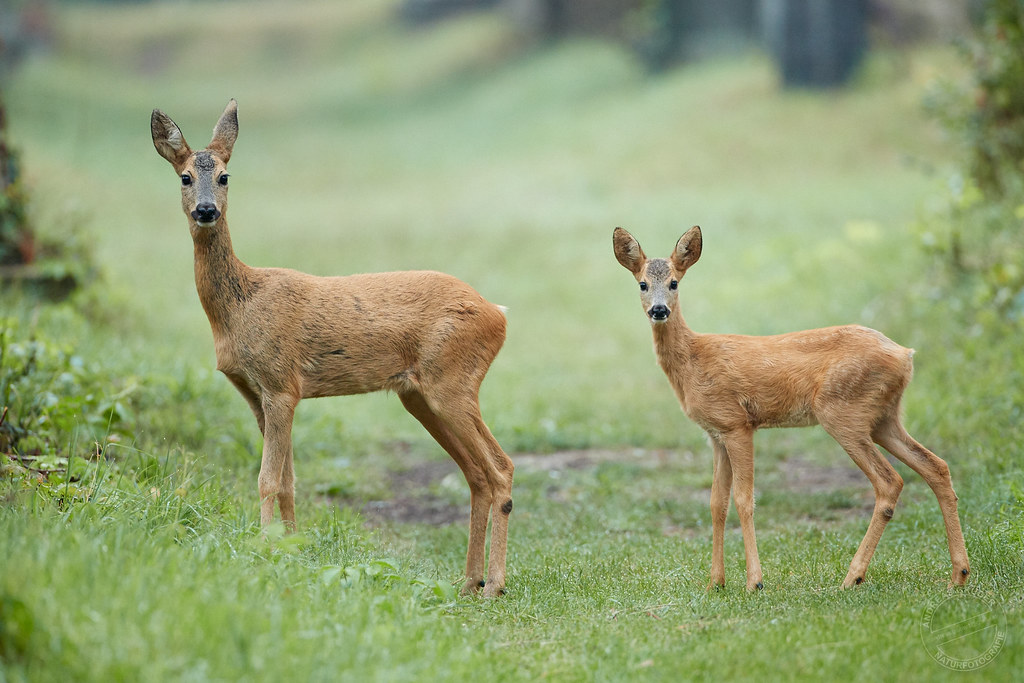The British countryside boasts a rich tapestry of diverse wildlife, and among its most captivating inhabitants is the Roe deer (Capreolus capreolus). Revered for its elegance, agility, and iconic presence, the Roe deer holds a special place in the hearts of nature enthusiasts and wildlife observers alike. This comprehensive article delves into the intriguing world of the Roe deer, shedding light on its physical characteristics, habitat preferences, behaviour, reproductive cycle, conservation status, and the challenges it faces in the British landscape.
Physical Characteristics
The Roe deer is a medium-sized ungulate, with adult males, known as bucks, typically weighing between 15 and 35 kilograms, while adult females, called does, weigh slightly less, ranging from 10 to 25 kilograms. Standing at around 60-75 centimetres at the shoulder, these deer possess a slender body with a reddish-brown or greyish-brown coat, which provides excellent camouflage in their natural woodland habitat. One of the most distinguishing features of the Roe deer is its short, erect antlers, which are shed and regrown each year. These antlers, present only on males, are comprised of two points or “tines” and reach their peak development in the late summer. The antler size can vary among individuals, with older bucks typically exhibiting more impressive antlers.

Habitat and Distribution
The Roe deer is widely distributed throughout the British Isles, including England, Scotland, and Wales. They exhibit a remarkable adaptability to various habitats, enabling their presence in diverse landscapes. While they favour mixed woodlands, Roe deer can also be found in open fields, farmland, and even suburban gardens. Their ability to navigate different environments contributes to their widespread distribution across the country. Although the Roe deer’s primary habitat consists of woodlands, they rely on adjacent areas to fulfil their nutritional requirements. Woodlands provide cover and shelter, while open fields and meadows offer grazing opportunities.
Behaviour and Lifestyle
Roe deer are generally solitary creatures, with the exception of the breeding season and the presence of offspring. They are most active during crepuscular hours, meaning they are primarily active at dawn and dusk. During these periods, they venture out from the safety of woodland cover to graze in open fields and meadows. Their diet primarily consists of grasses, leaves, twigs, buds, and berries, with seasonal variations influencing their choices. In spring and summer, they feed on grasses and herbaceous plants, while in autumn and winter, they consume woody browse. Roe deer have a selective feeding strategy, browsing on a wide range of plants depending on availability and nutritional content.
Roe deer possess keen senses, including excellent hearing and a sharp sense of smell, which aid in detecting potential threats. They are remarkably agile and swift, capable of reaching speeds of up to 40 miles per hour (64 kilometres per hour). Their exceptional leaping ability enables them to navigate through dense undergrowth with grace, evading potential predators such as foxes or domestic dogs. When startled or threatened, they emit a high-pitched bark to alert others in the vicinity.

Breeding and Life Cycle
The Roe deer’s breeding season, known as the rut, takes place during late July and August. During this time, bucks establish territories and compete for the attention of receptive does. Spectacular displays of dominance occur as bucks engage in parallel walks, barking, and antler wrestling. These behaviours not only establish hierarchy but also attract potential mates. The scent of urine and secretions from the preorbital glands play a vital role in communication between bucks and does.
After a gestation period of approximately 9 months, does give birth to one or two fawns. These fawns are typically born between mid-May and mid-June and possess a spotted coat with a reddish hue, providing camouflage in the dappled woodland environment. For the first few weeks of their lives, the fawns are hidden by their mothers in tall grass or dense vegetation, known as “form,” providing protection from potential predators. The mother visits her offspring intermittently to nurse them, and during this time, the fawns remain motionless to avoid drawing attention.
As the fawns grow, they start accompanying their mothers in search of food, gradually becoming more independent. By the age of three months, they begin to sample solid food, supplementing their diet with grasses and browse. At around six months, the fawns lose their spots and acquire the characteristic reddish-brown coat of adult deer. The bond between the mother and fawns gradually weakens, and by the time the next breeding season arrives, the young deer become fully independent.
Conservation Status and Challenges
In terms of conservation, the Roe deer population in Britain remains relatively stable, owing to effective wildlife management practices. However, several challenges persist that require attention and conservation efforts. Habitat loss due to urbanisation, the intensification of agriculture, and the fragmentation of woodlands pose significant threats to the long-term survival of Roe deer populations. These factors restrict their movement and access to suitable feeding areas. Additionally, road traffic accidents present a considerable cause of mortality for Roe deer, particularly during the breeding season when they are more active and prone to crossing roads.
The importance of creating wildlife corridors and maintaining connectivity between fragmented habitats cannot be overstated. These corridors allow for genetic exchange and the movement of Roe deer populations, promoting healthy gene pools and population viability. By preserving and restoring woodlands, implementing sustainable land management practices, and promoting responsible human-wildlife interactions, we can contribute to the long-term conservation of the Roe deer.
Conclusion
The Roe deer’s enchanting presence in the British countryside adds a touch of charm and intrigue to our natural landscapes. With their slender build, captivating grace, and distinctive antlers, these creatures exemplify the beauty of British wildlife. By appreciating and safeguarding their habitats, conserving woodland areas, and promoting responsible practices, we can continue to enjoy the captivating presence of the Roe deer for generations to come, securing their place as one of Britain’s most cherished and iconic species. The preservation of these remarkable animals not only enriches our natural heritage but also contributes to the overall health and diversity of the British ecosystem. Through collective efforts and conservation initiatives, we can ensure a harmonious coexistence between humans and the graceful Roe deer, safeguarding their future in the British landscape.
Additional Resources
Sam loves to learn about animals and their habitats. He has been a nature lover from a very young age, and has been writing papers and articles about wildlife for as long as he can remember.
